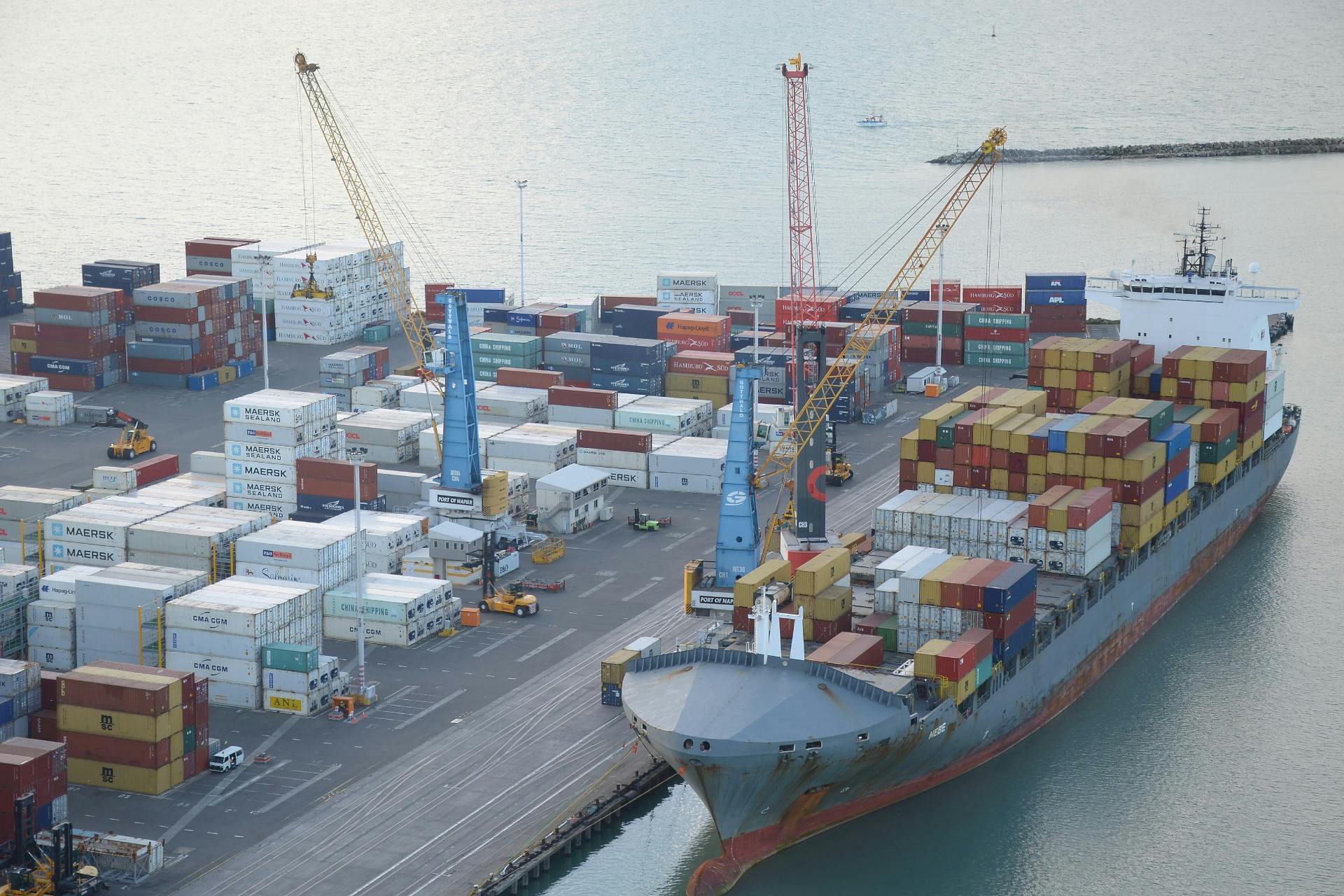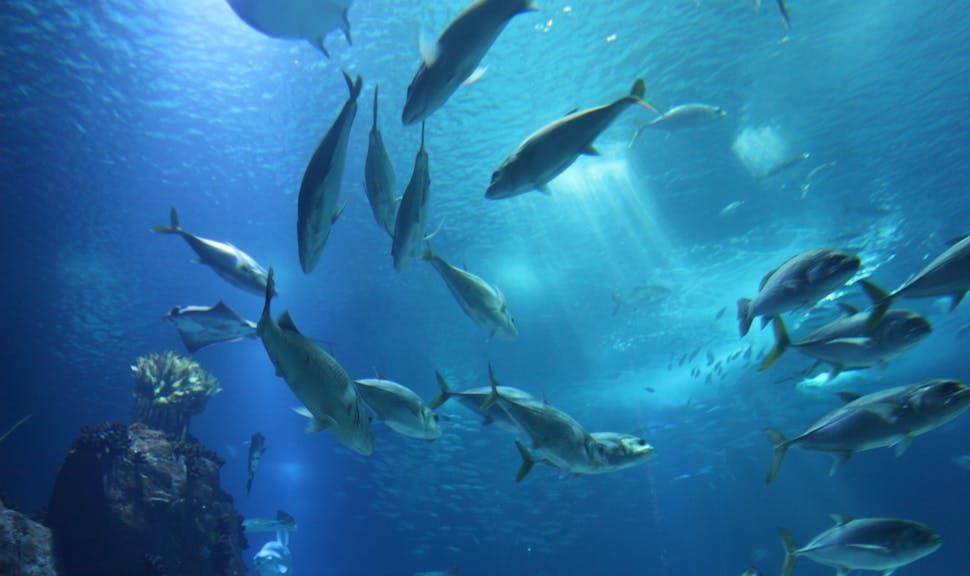

Mathieu DaubinChief Underwriting Officer, Marine for AXA XL in APAC & Europe
September 8, 2021
Towards Greener Shipping
As marine insurance industry experts gather for the International Union of Marine Insurance virtual conference this month, the drive to reduce greenhouse gas emissions is top of the agenda. The challenge of achieving reductions in emissions in a manner that allows the industry to continue to evolve is reflected in the conference theme: Pathways to a sustainable, resilient and innovative future.
Mathieu Daubin, Chief Underwriting Officer, Marine for AXA XL in APAC & Europe, discusses this challenge and the role that risk management and transfer has to play.
Pathways to a sustainable, resilient and innovative future.Mathieu Daubin, Chief Underwriting Officer, Marine for AXA XL in APAC & Europe, discusses this challenge and the role that risk management and transfer has to play.
4 minutes
Original Content : AXA XL
As with many sectors of the worldwide economy, the need to reduce CO2 emissions is one of the most important challenges facing the global marine shipping industry. As members of the marine insurance industry gather – virtually – for their annual conference this month, the topic of reducing greenhouse gas emissions, and how risk transfer can help enable this change, is top of the agenda.
Shipping plays a huge role in the global economy – about 80% of the volume of international trade in goods is moved via the sea. Marine transport accounts for roughly 2.5% to 3% of the world’s greenhouse gas emissions, according to estimates from the European Union and other expert bodies.
Both within the shipping sector and on the global political stage, steps are being taken to find ways to reduce these emissions.
During the upcoming COP26 climate talks to be held in Glasgow, Scotland, in November the shipping industry will hold an event to discuss the challenges the industry faces in moving towards carbon neutrality. At the event, Shaping the Future of Shipping,
industry leaders and international climate experts will meet to discuss the challenges that the industry faces in moving towards carbon neutrality.
The European Commission has set an ambitious target to achieve carbon neutrality within the EU by 2050 and an intermediate target of a reduction in greenhouse gas emissions of at least 55% by 2030. As part of its drive to meet these targets, the European Commission recently turned its attention to shipping.
In July, the European Commission adopted a series of legislative proposals setting out how it intends to meet these targets. One of those proposals is that shipping be added to the EU carbon market, the Emissions Trading System. The ETS, from which shipping has previously been exempt, requires polluters to pay for each tonne of CO2 they generate. The ETS already applies to other industries such as power firms, manufacturers and aviation, and the European Commission now proposes that shipping be phased into the scheme over a three-year period. The ETS would apply to emissions from sea voyages within the EU as well as to 50% of ships’ emissions from international voyages starting or ending in the EU and to emissions that occur when ships are berthed in EU ports.
The proposal has been met with some reservations by the International Chamber of Shipping whose Secretary General Guy Platten has suggested that the ETS would cover just 7.5% of shipping’s global emissions and that a levy might be a more effective way to reduce CO2 emissions. But while the European Commission’s proposal will take several years to be ratified by member states and the European Parliament, it seems clear that the industry must bear in mind the likelihood that it will be mandated to take part in the ETS in the not-too-distant future.
As well as planning for international and political initiatives to reduce greenhouse gas emissions, shipping companies, like many others, are facing a challenge from their own stakeholders to find ways to meet sustainability targets.
In recent weeks, global shipping giant Maersk has announced a $1.4 billion investment in eight new carbon-neutral container vessels, for example. Maersk said that the first of these new vessels would begin operating in the first quarter of 2024 and that the vessels would replace older ships resulting in CO2 savings of about 1 million tonnes.
Maersk said the move was part of its collaboration with its customers who have pledged to reduce the emissions occurring in their supply chains; of its 200 largest customers, Maersk noted, more than half have set ambitious science-based or carbon-neutral targets for their supply chains.
The new vessels will run on carbon-neutral e-methanol or sustainable bio-methanol. In a statement announcing the new vessels, Maersk highlighted sourcing sufficient quantities of these fuel types as a potential challenge and said it would work with industry to find ways to ensure there is enough fuel available.
Insurance’s role
The insurance industry will have a vital role to play in helping shipping clients move towards their goals of reducing greenhouse gas emissions. Risk engineering insight into the design of vessels capable of new fuel types is one such area. If underwriter and risk engineers are able to assess data on these new vessels then it will be possible to create risk transfer solutions that are appropriate for the changed risk profile of these ships, for example.
More broadly, we believe that the marine insurance industry is in a unique position to help shipping clients to disclose and benchmark emissions and find ways to meet reduction targets. The insurance industry has hundreds of years of experience in insuring ships, coupled with access to climate risk information, data and tools, risk engineering insight and modelling expertise.
Gatherings such as the IUMI conference give our industry the opportunity to discuss the challenges facing the marine shipping industry in meeting emissions and sustainability targets and the ways in which the international marine insurance market can help clients move towards those goals.
While I am disappointed not to be travelling to Seoul for an in-person conference, I am excited about the opportunity that the virtual conference will give us to workshop ideas and engage in discussions about what is one of the most important issues of our times.



